NEWS 》 Weekly News Digest - Week 02 - June 2020
Microchip’s New
PCIe 4.0 PCIe Switches: 100 lanes, 174 GBps
There are multiple reasons to need a PCIe switch. These can include expanding PCIe connectivity to more devices than the CPU is capable,
to extend a PCIe fabric across multiple hosts, to generate failover support, or to increase device-to-device communication bandwidth in
limited scenarios. With the advent of PCIe 4.0 processors and devices such as graphics, SSDs and FPGAs, an upgrade from the range of PCIe 3.0
switches to PCIe 4.0 was needed. Microchip has recently announced its new Switchtec PAX line of PCIe Switches, offering up to 100 lane variants
supporting 52 devices and 174 GBps switching capabilities.
Read More
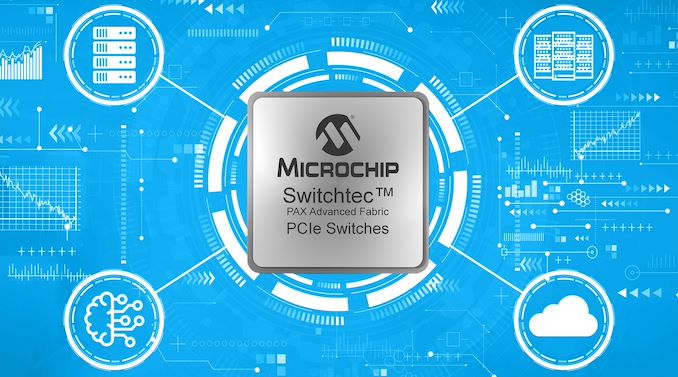
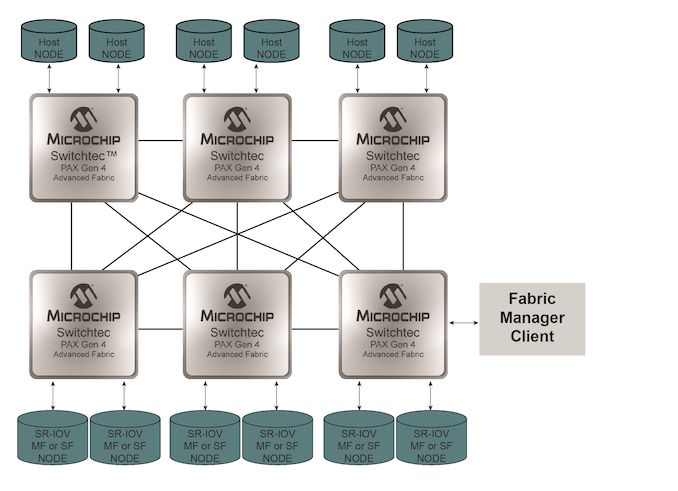
Linux Writecache To See Much Greater Performance
On Intel Optane Systems Soon
The Linux DM-Writecache target that allows for writeback caching to cache newly written data to an SSD or persistent memory will
with Linux 5.8 see better performance out of Intel Optane like storage on newer platforms.
Read More
Toradex i.MX 8X-based System
on Modules gain AWS certification and support for Torizon embedded Linux
Toradex is now bringing Torizon, its easy-to-use industrial Linux software platform, to its System on Modules (SoMs) based on the
i.MX 8X applications processors from NXP®. Toradex offers the i.MX 8X-based SoMs in two form factors: the small Colibri iMX8X and the
powerful Apalis iMX8X, with optional ECC memory. Toradex was among the first few partners to be part of NXP’s Early Access Program for the
i.MX 8X applications processors and was shipping early samples of the Colibri iMX8X in 2018.
Read More
How to block specific ports on Linux
You may have some open ports on your Linux desktop PC that you do not want other users on the internet or your network to access.
Unfortunately, most modern Linux operating systems do not come with an easy way to block these ports. The GUFW firewall is the easiest way to
manipulate port access on the Linux desktop.
Read More

From Earth to orbit with Linux
and SpaceX
SpaceX's workhouse Falcon 9 rocket, which flew NASA astronauts Bob Behnken and Doug Hurley to the International Space Station,
is powered by liquid oxygen, rocket-grade kerosene, and Linux.
Read More


Supermicro A2SDi-TP8F
Review 12C 4x10GbE and 4x1GbE mITX
The Supermicro A2SDi-TP8F is something unique. The platform itself is very compact with a mITX form factor.
Even with that small form factor, it presents a rich set of I/O and capabilities. These include quad 10GbE ports
(2x 10Gbase-T and 2x SFP+), quad 1GbE ports, and a surprising amount of I/O powered by the 12-core Intel Atom C3858 processor.
If you want to see a low-power and relatively dense mITX platform, this is it.
Read More
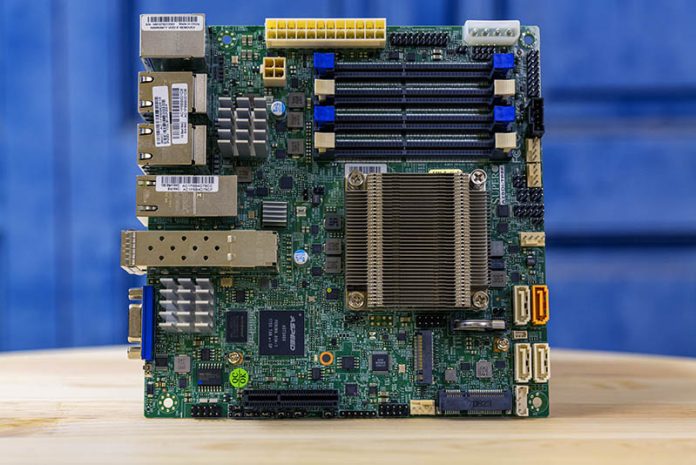
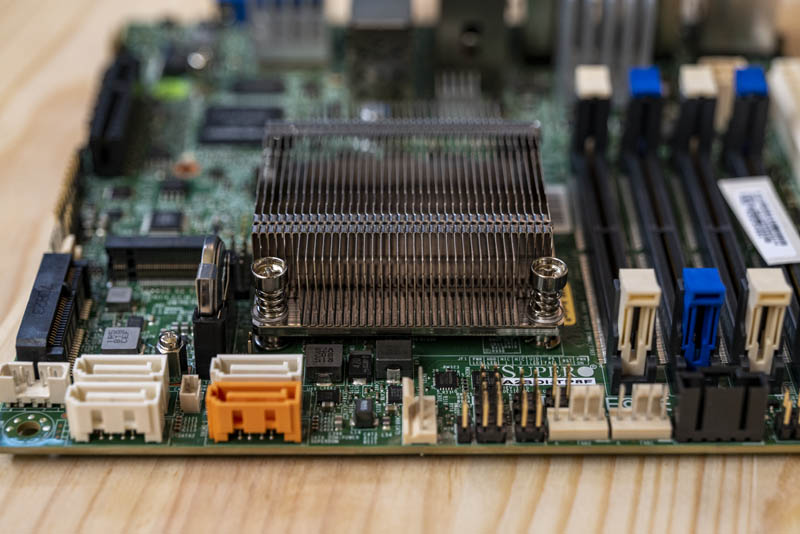
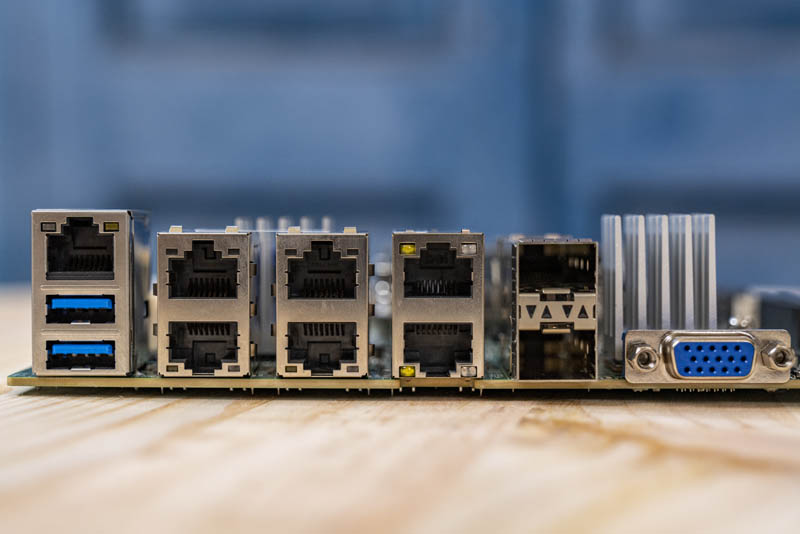
Dell EMC
Broadcom BCM 57414 Dual 25GbE Adapter Review
Dell EMC Broadcom BCM 57414 adapter one can see a PCIe 3.0 x8, low profile card. We have two SFP28 ports for dual-port 25GbE
connectivity. This mirrors the PCIe Gen3 x8 slot’s bandwidth more closely than a quad 10GbE card or 40GbE card because one
has enough PCIe bandwidth, without oversaturating the bus.
Read More
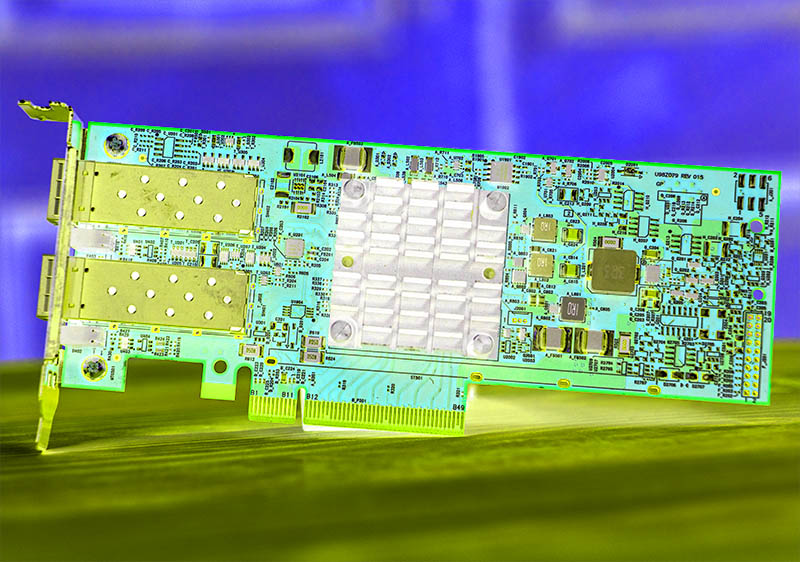
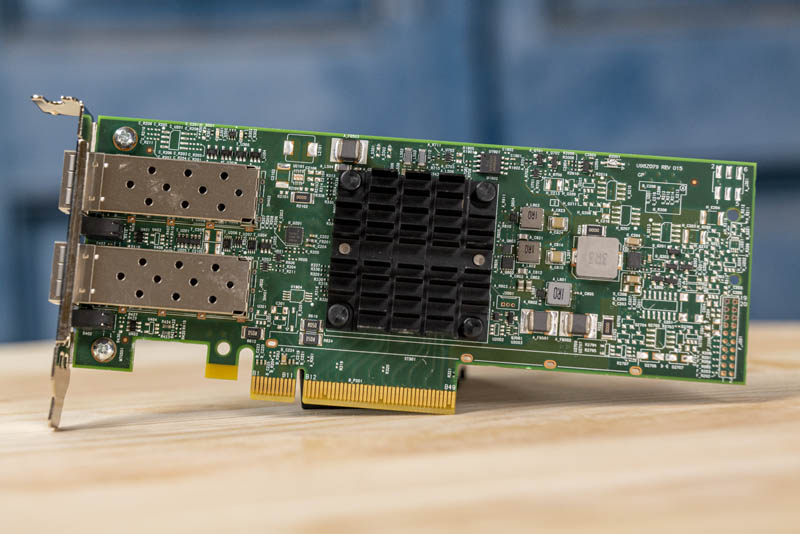
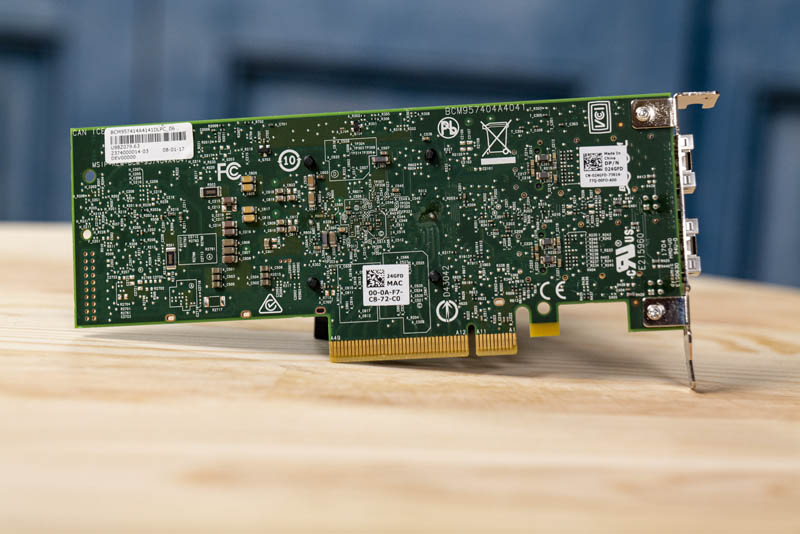
Suggested Topics:
Join The Linux Channel :: Facebook Group ↗
Visit The Linux Channel :: on Youtube ↗